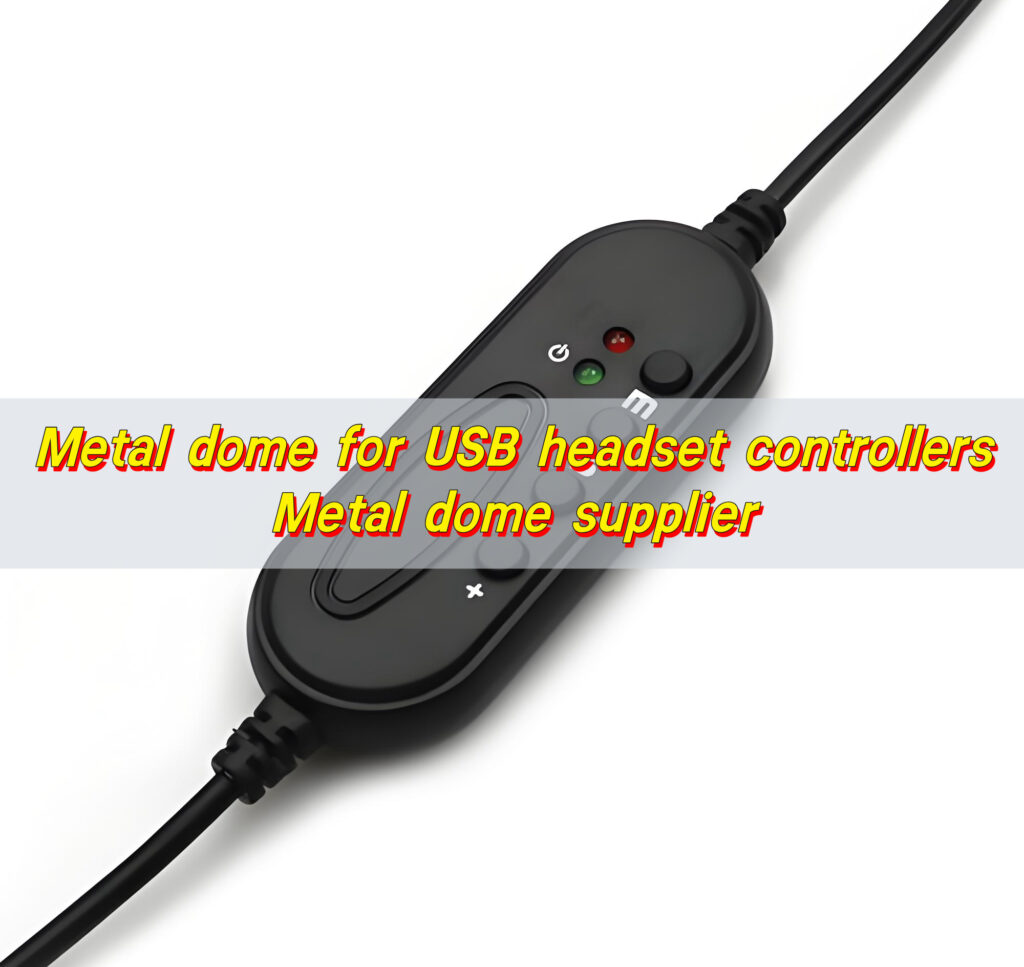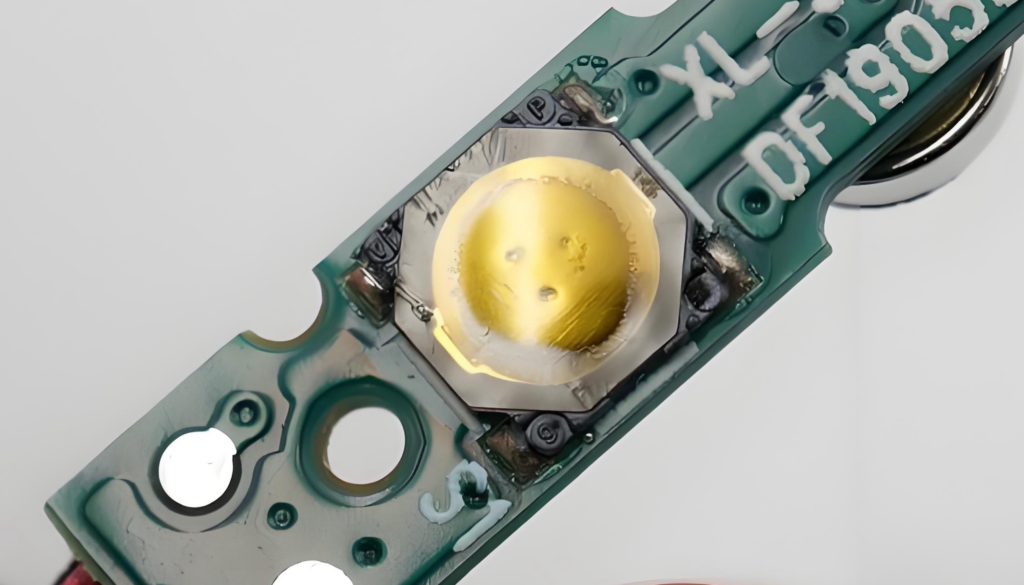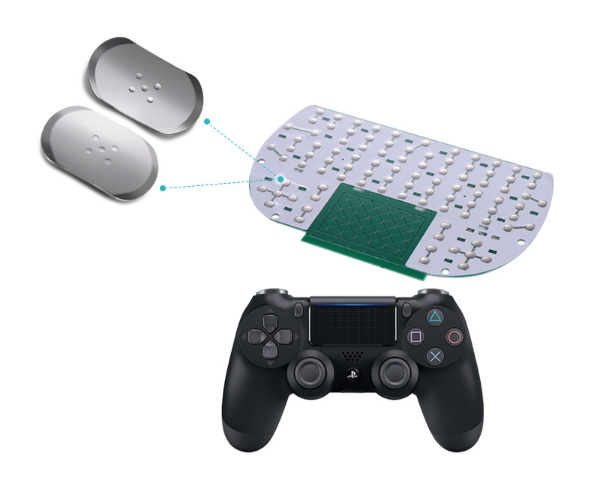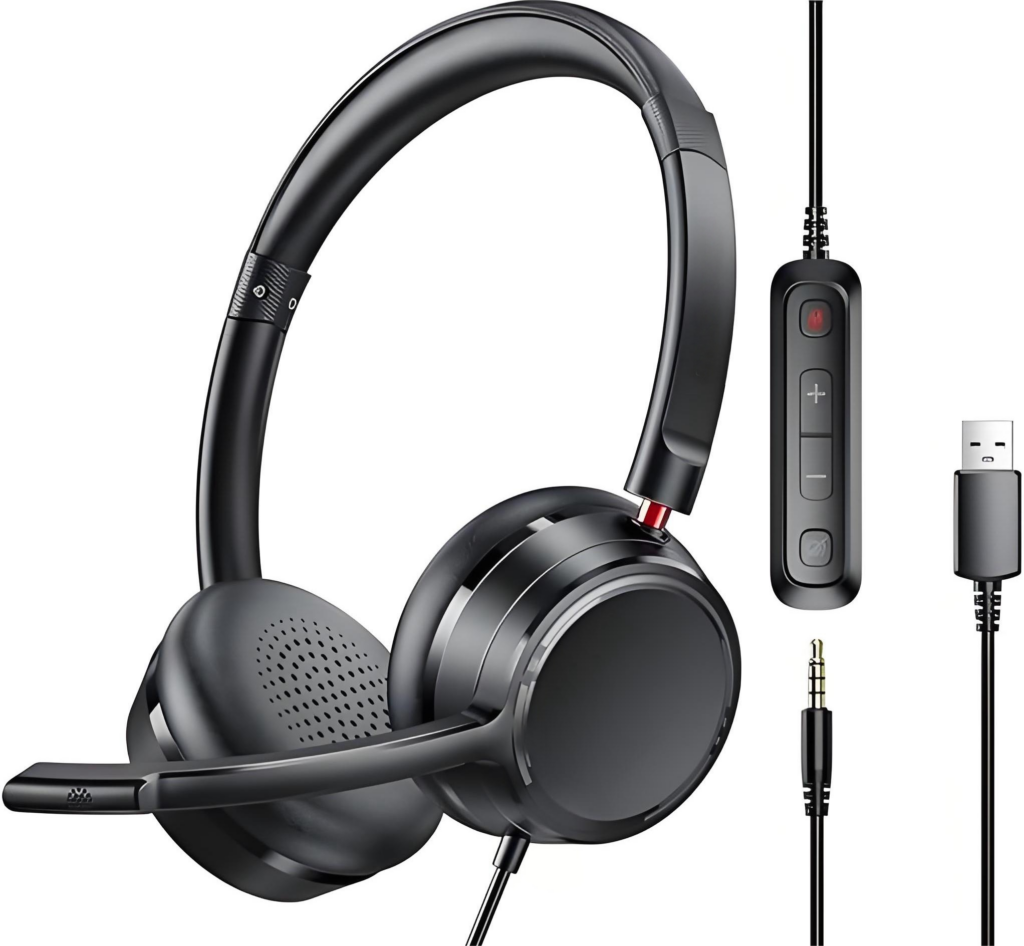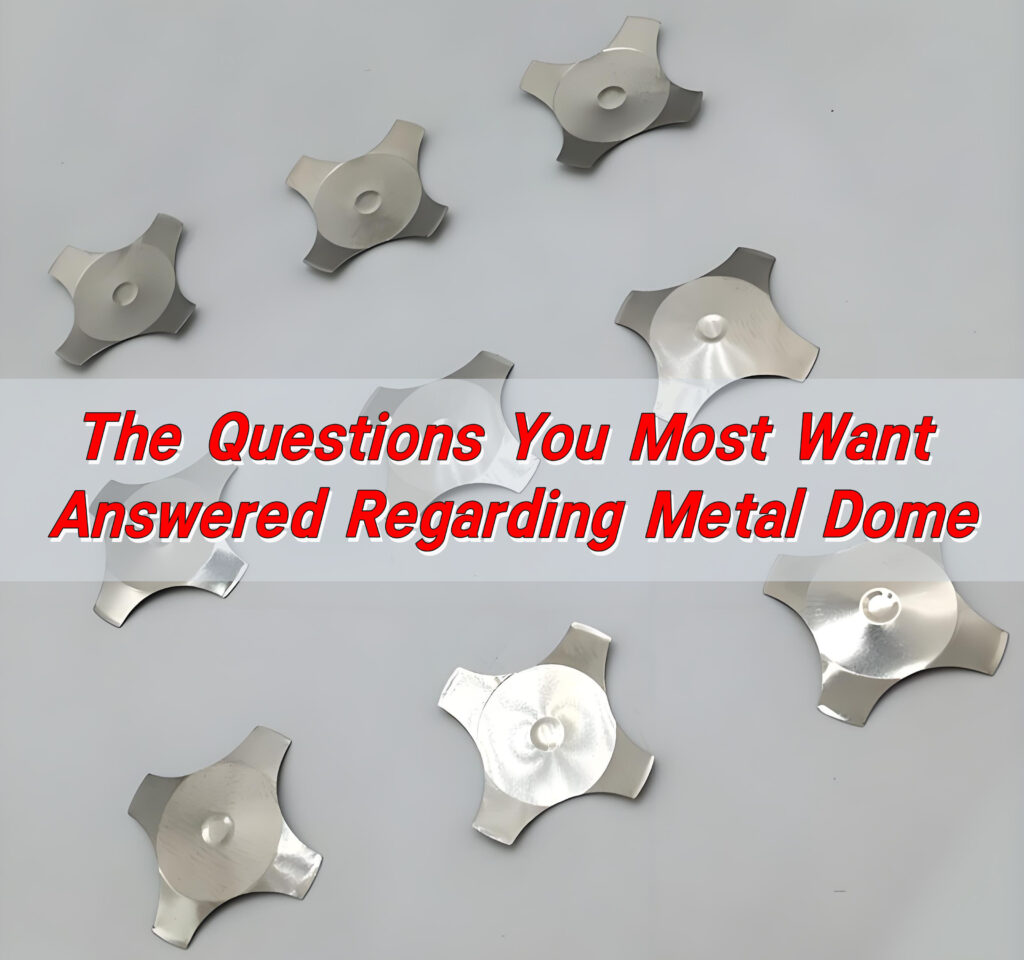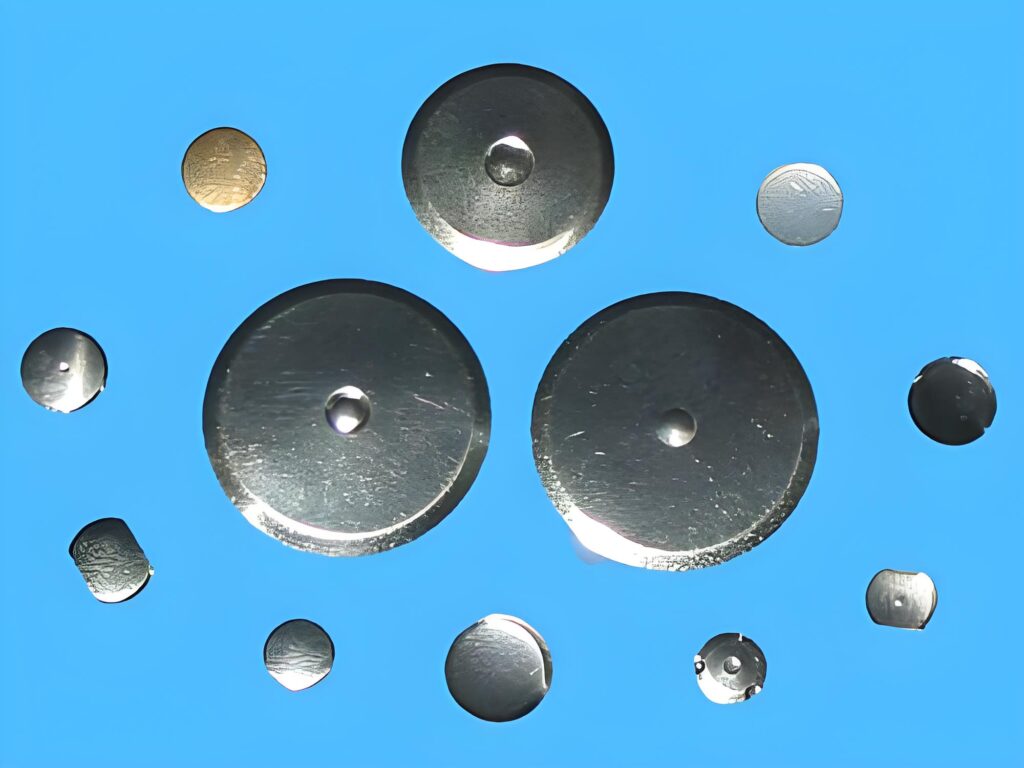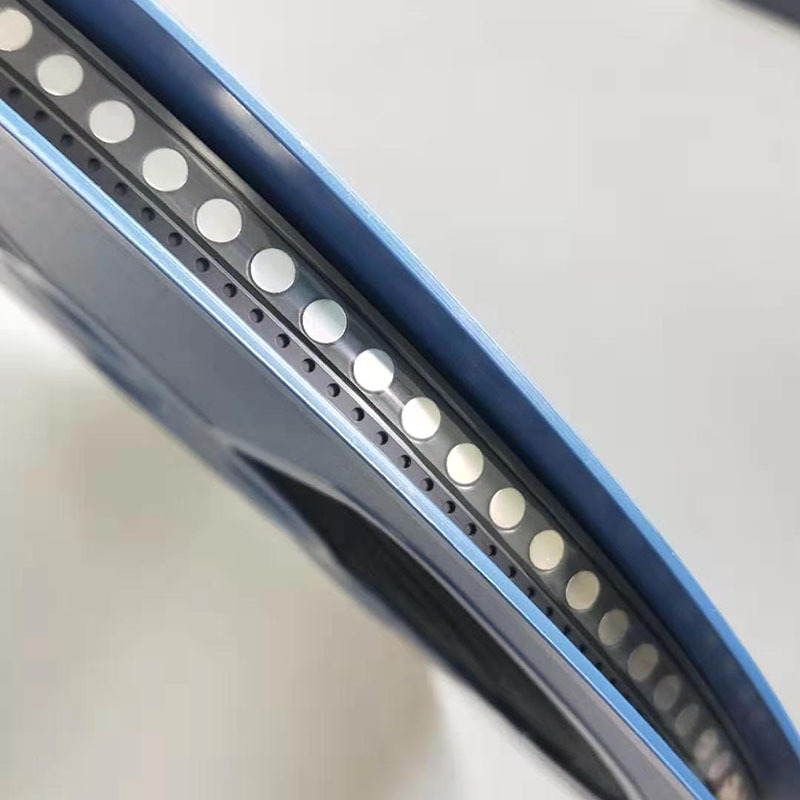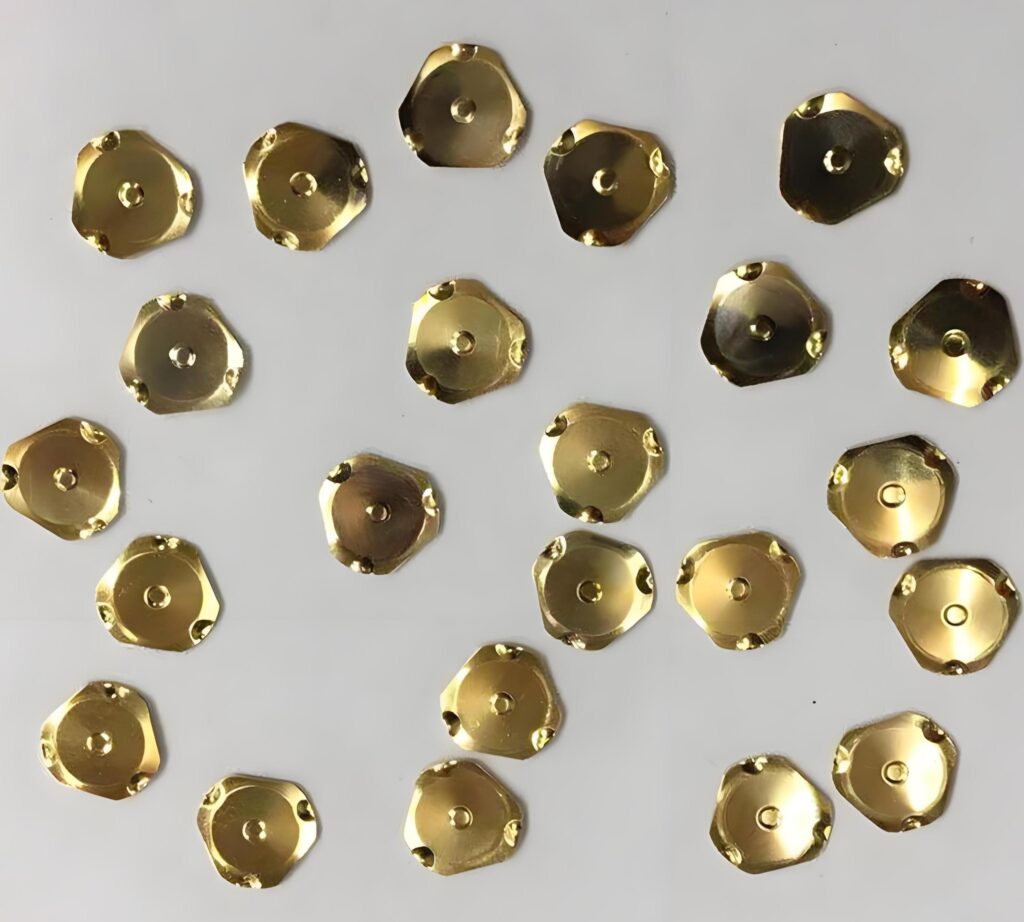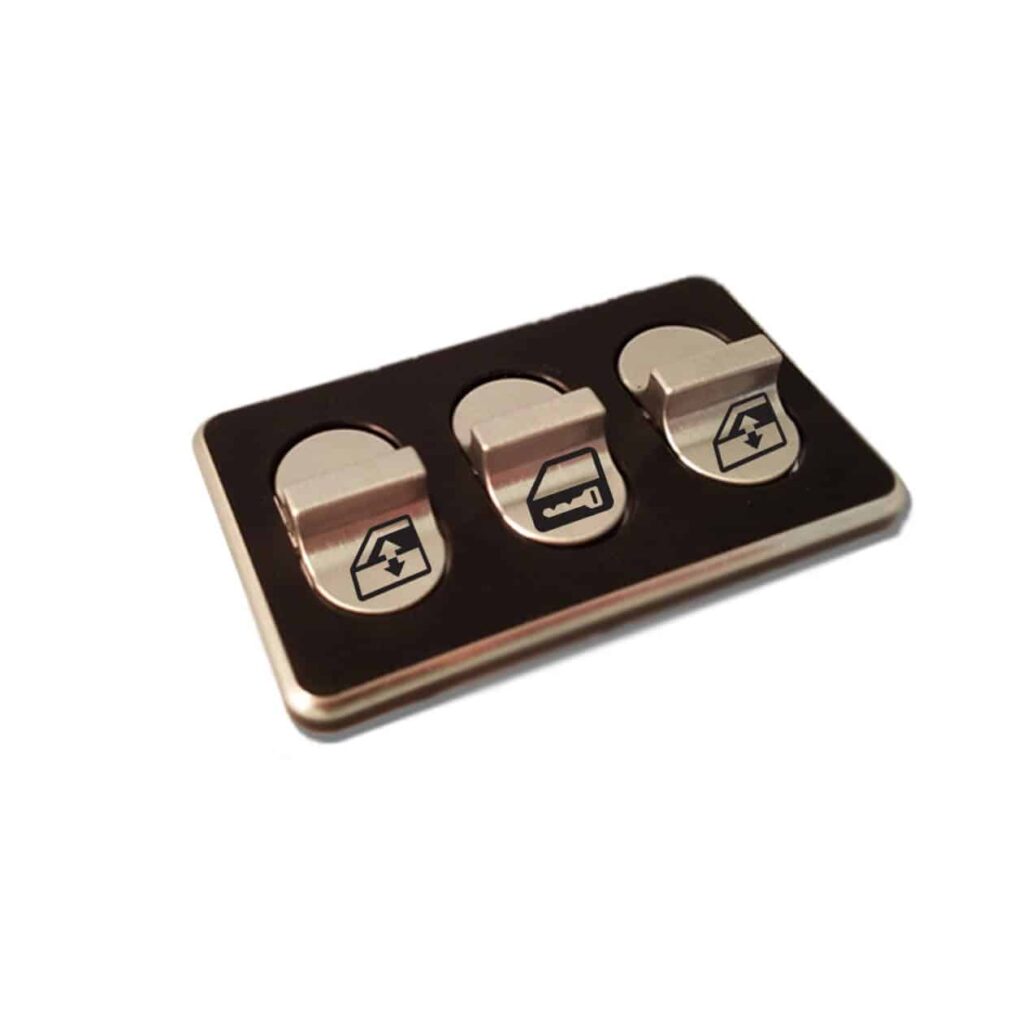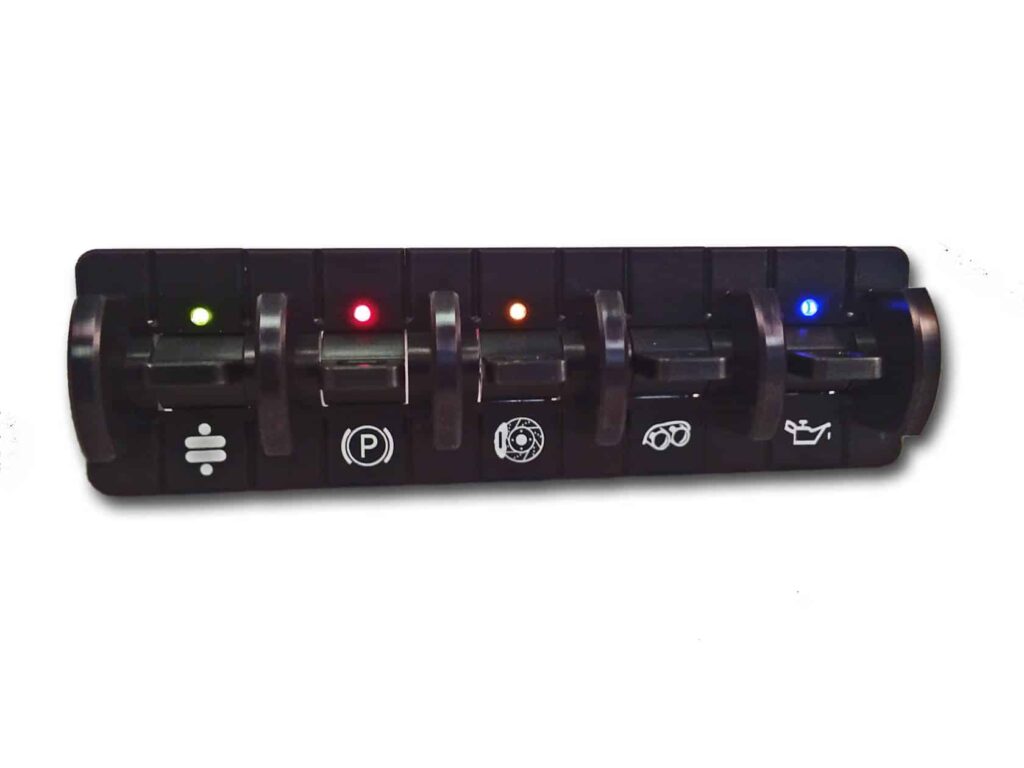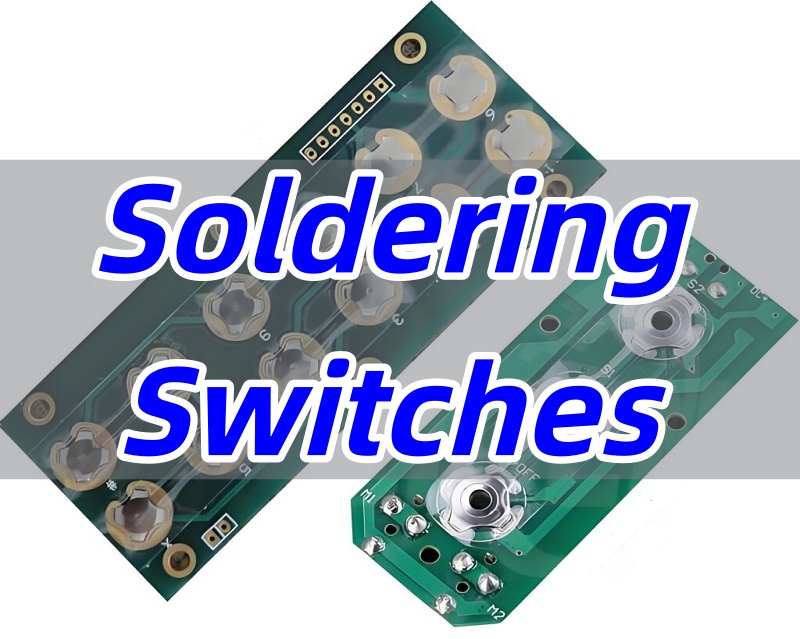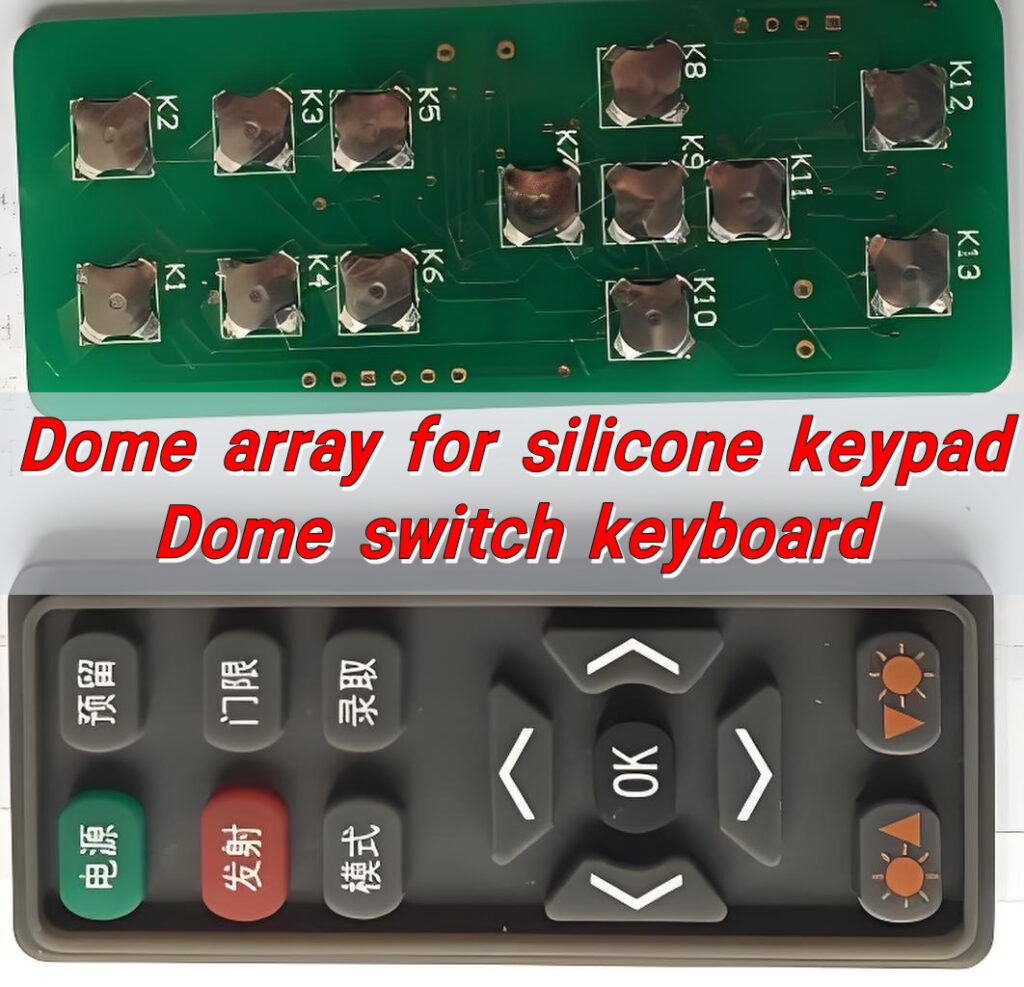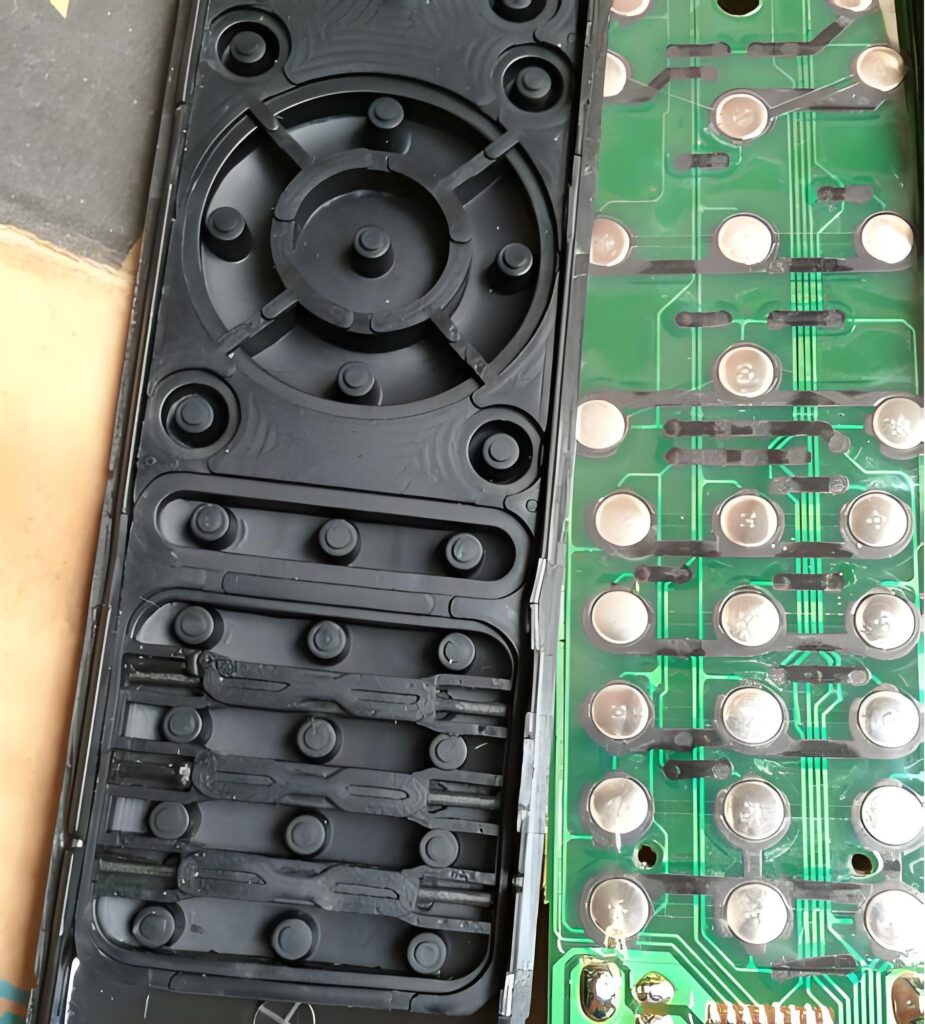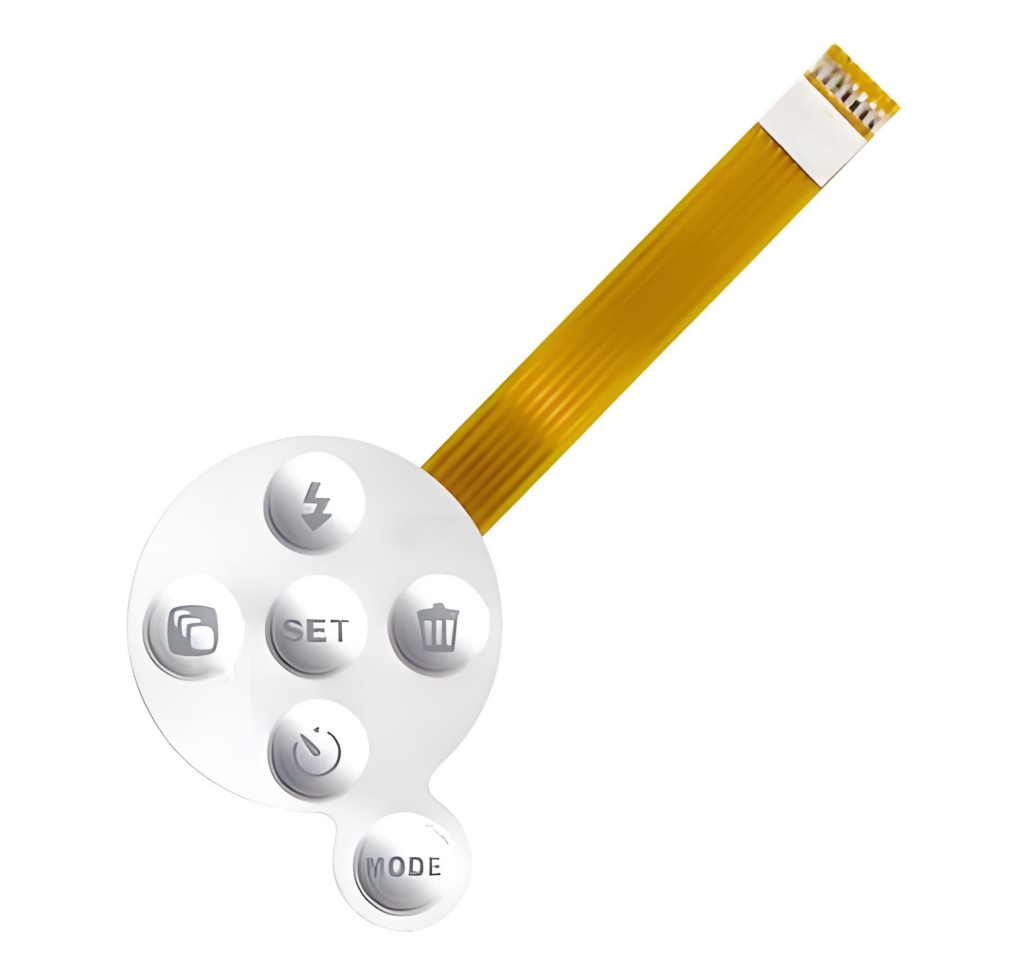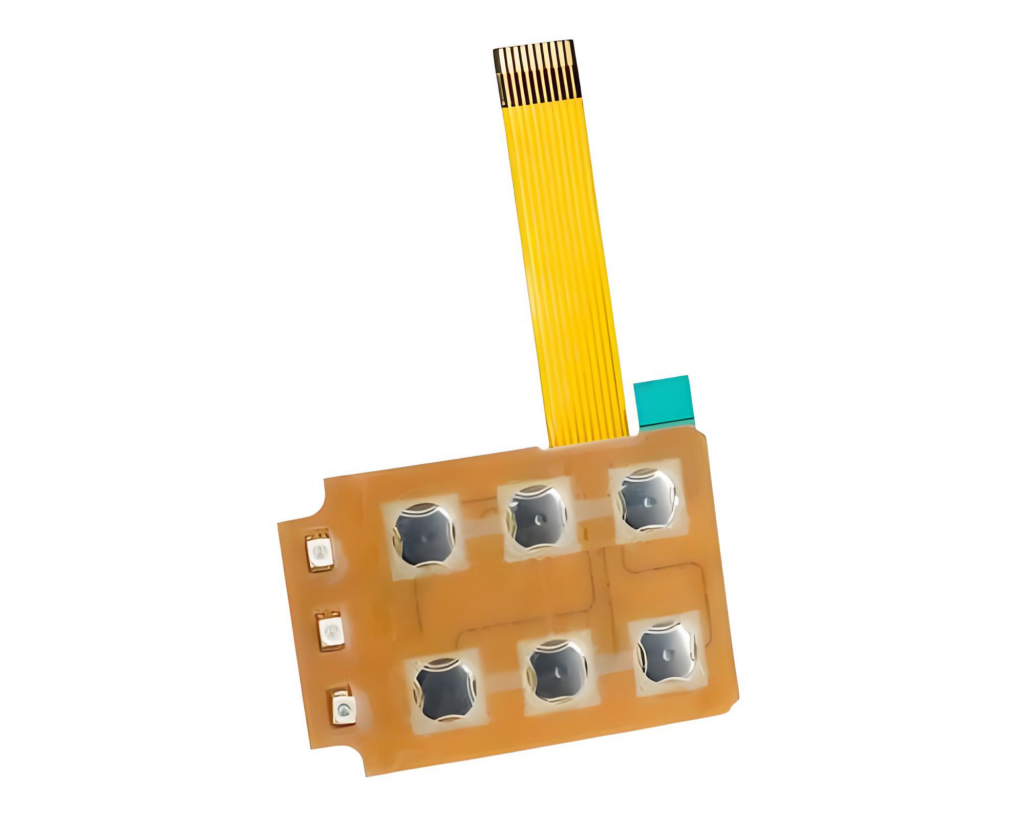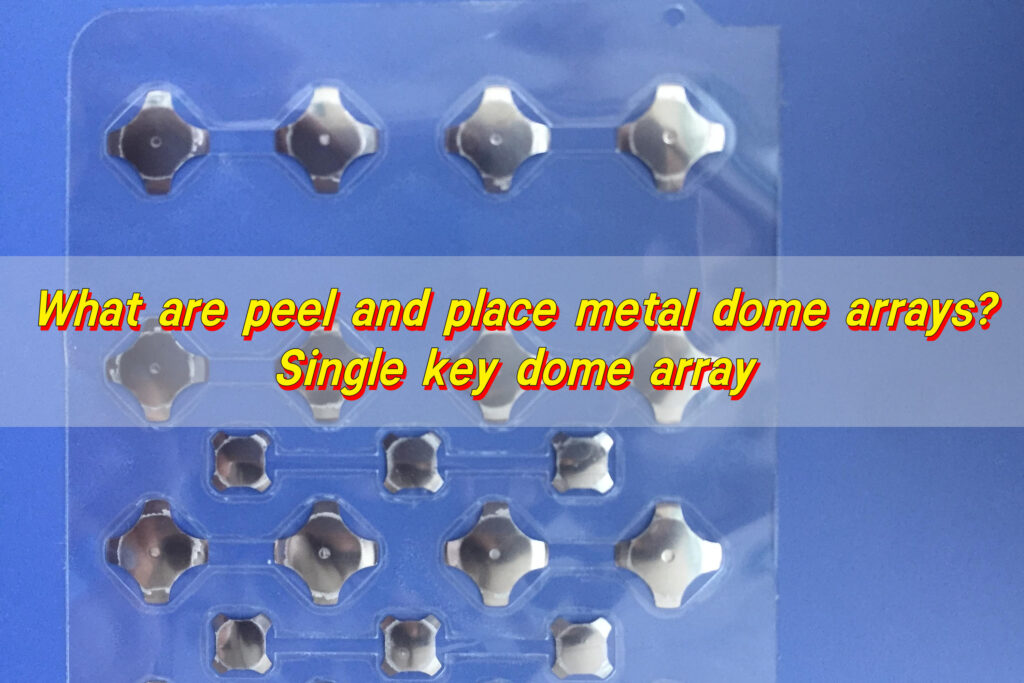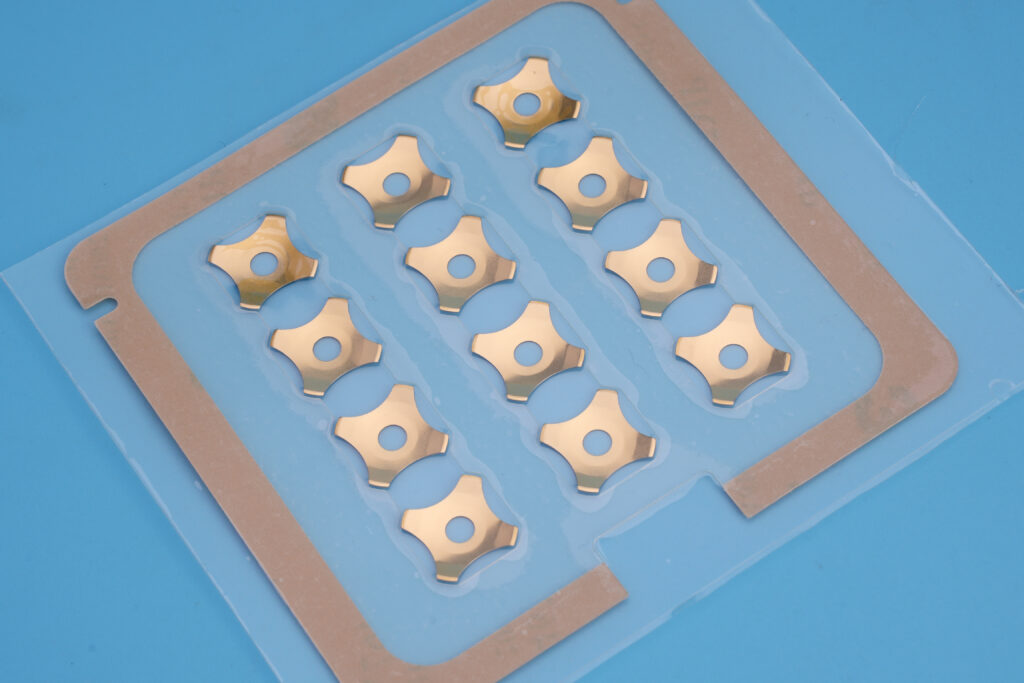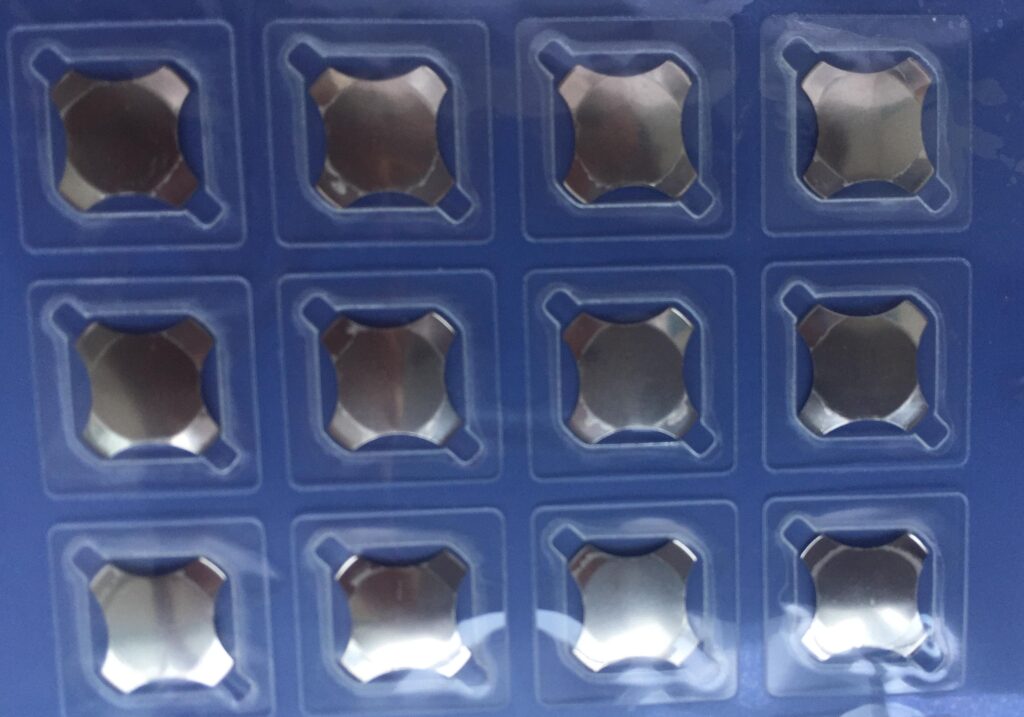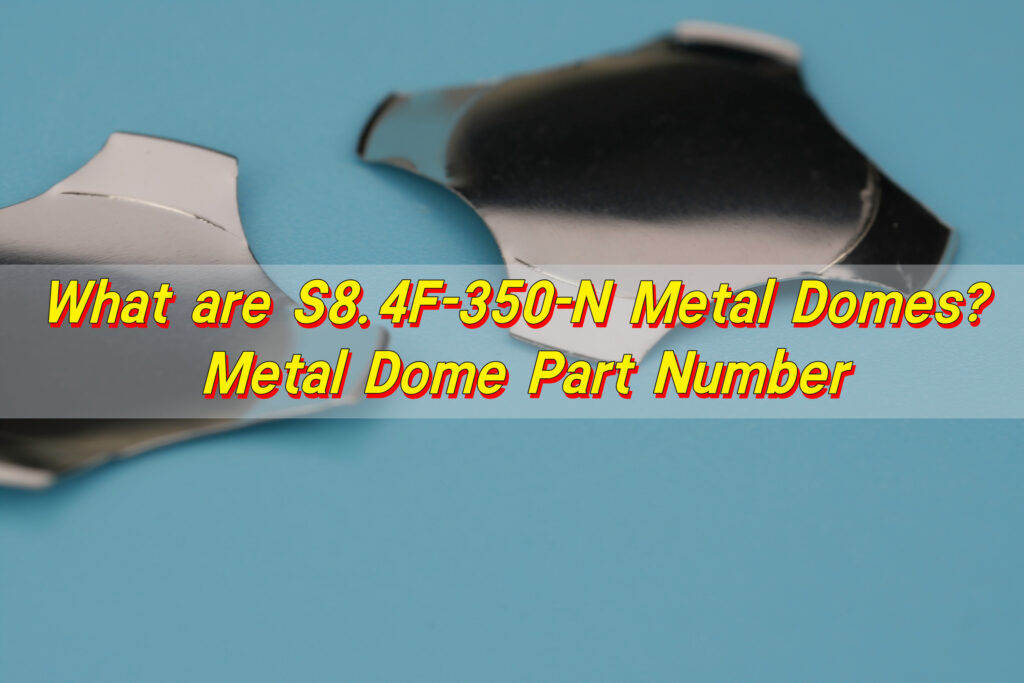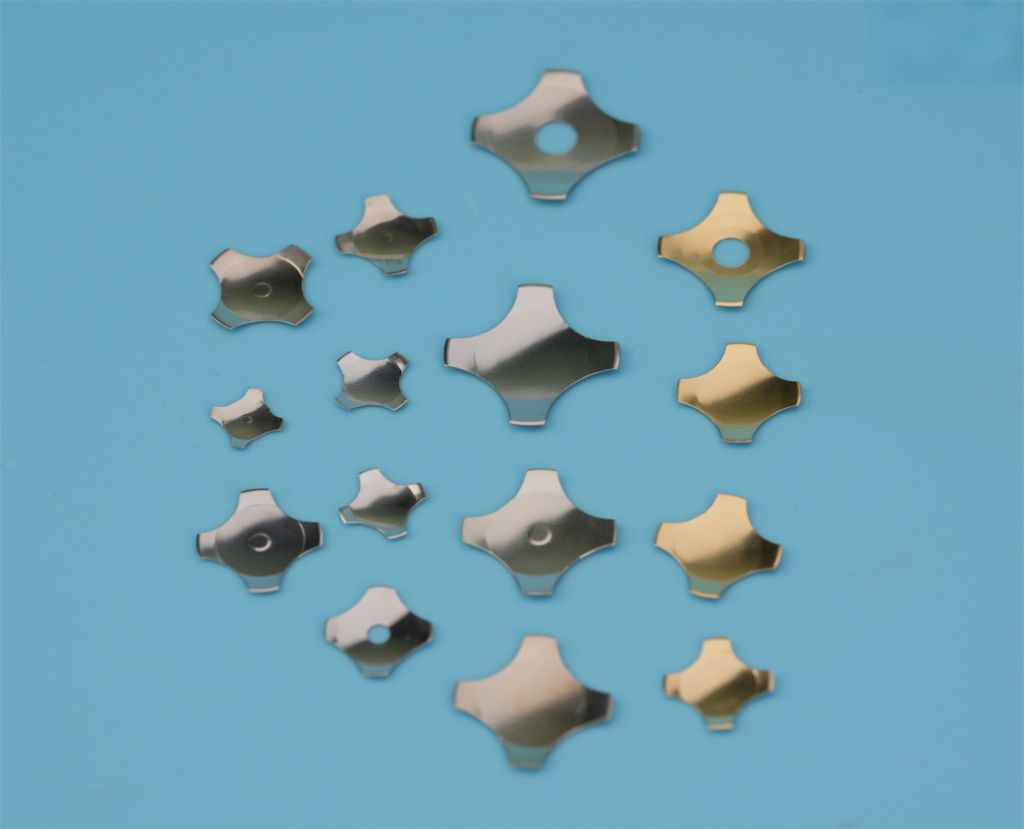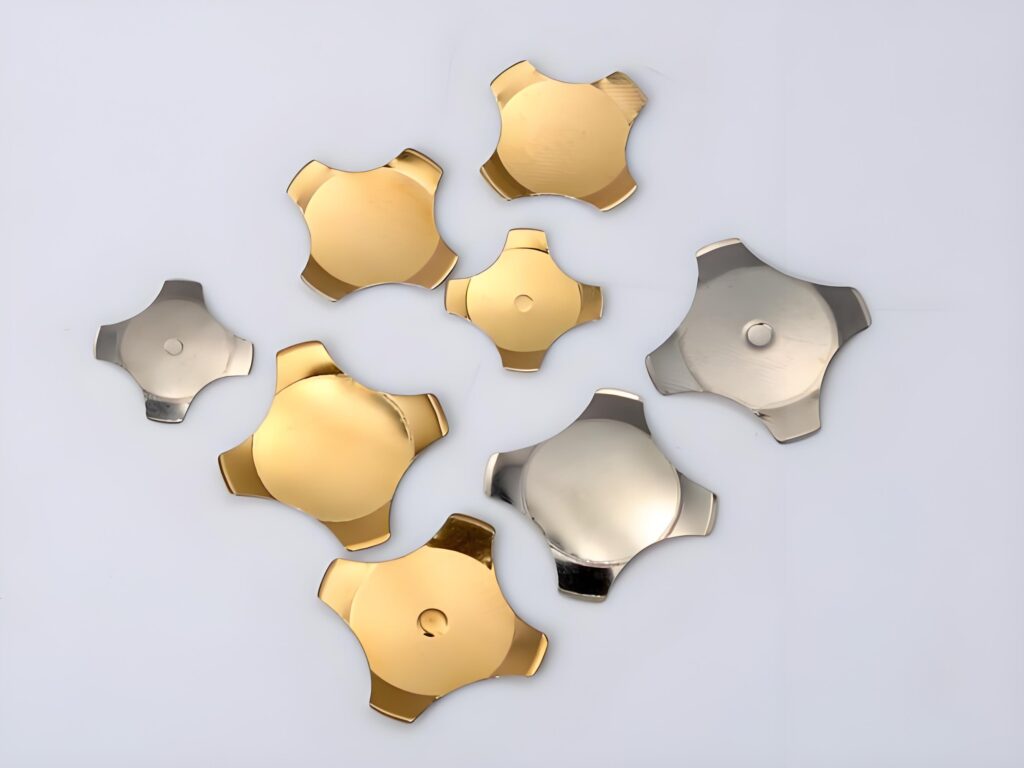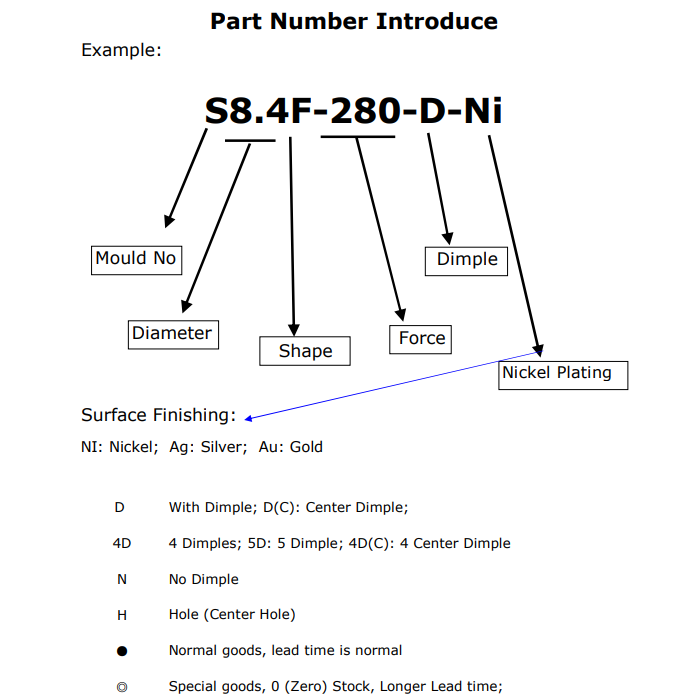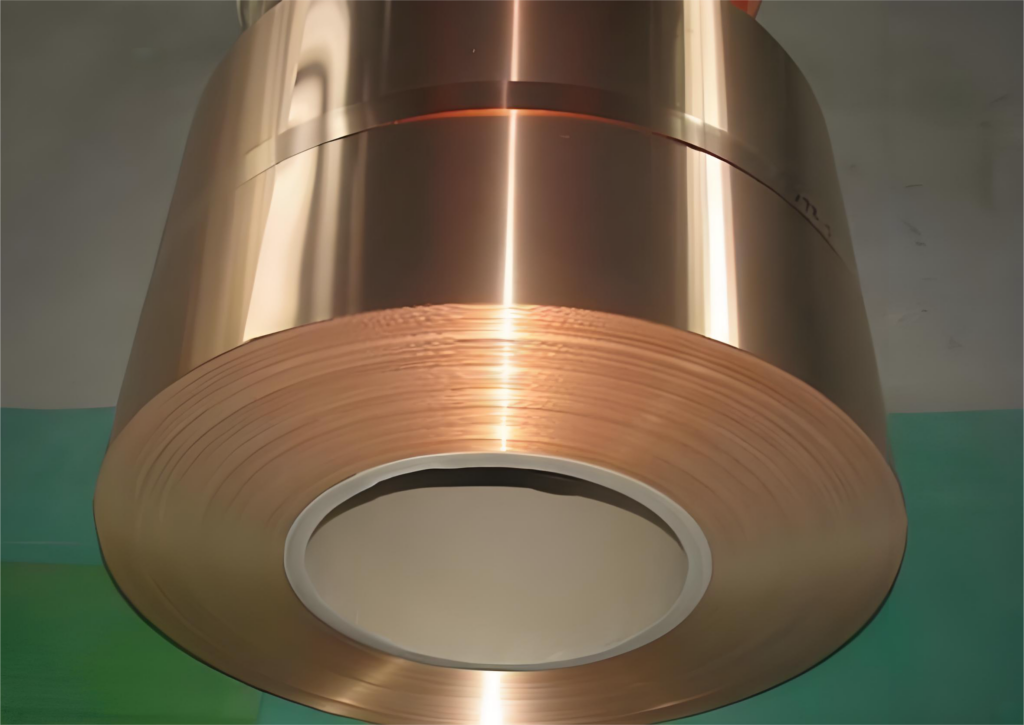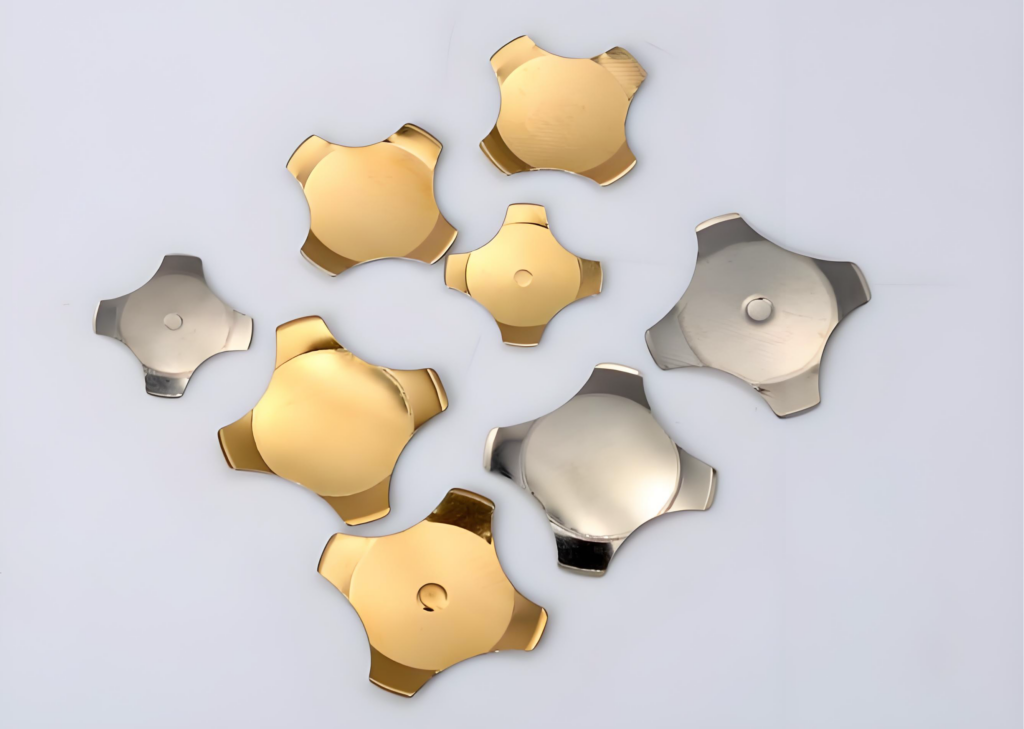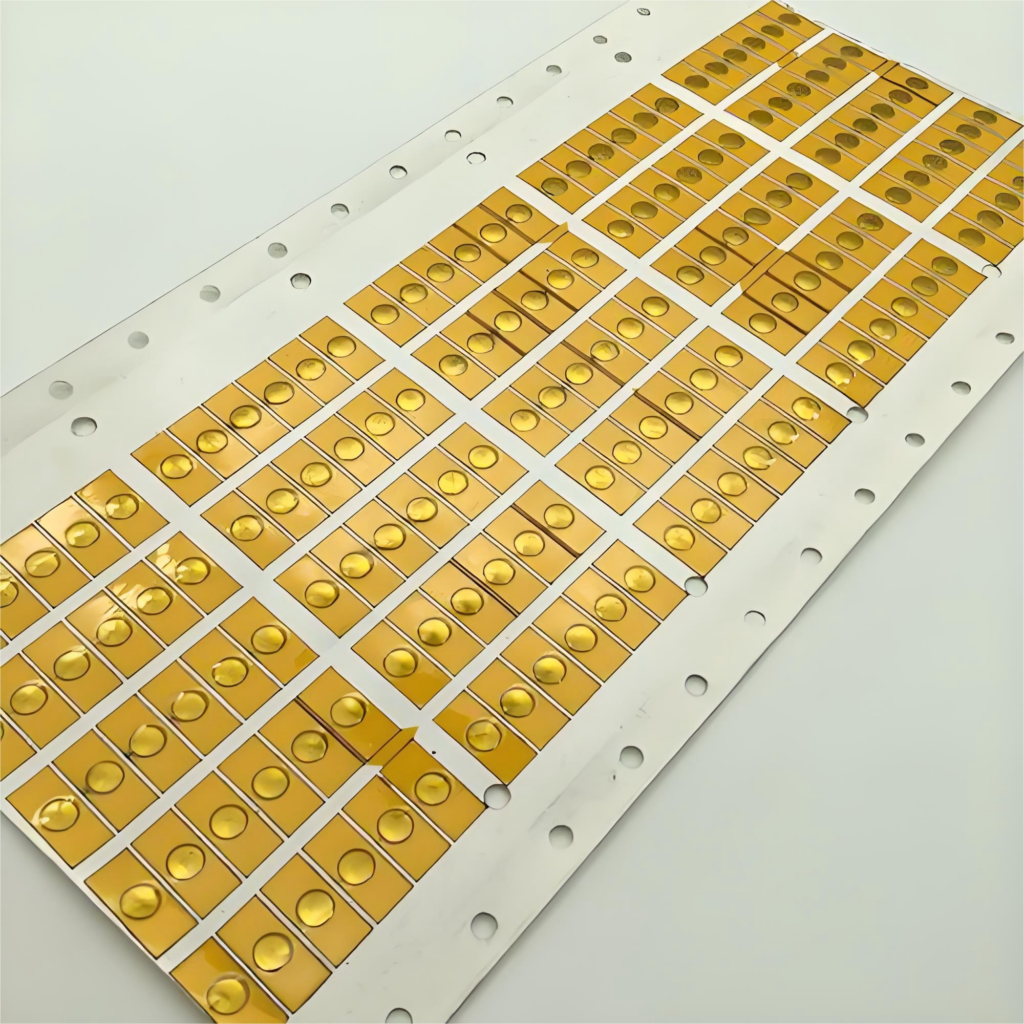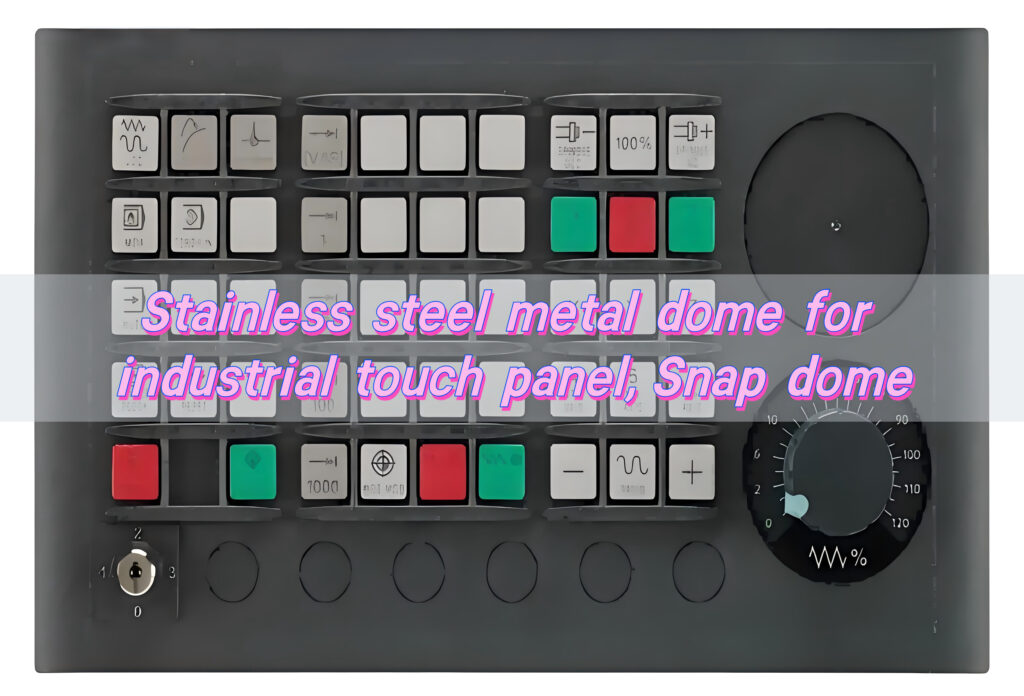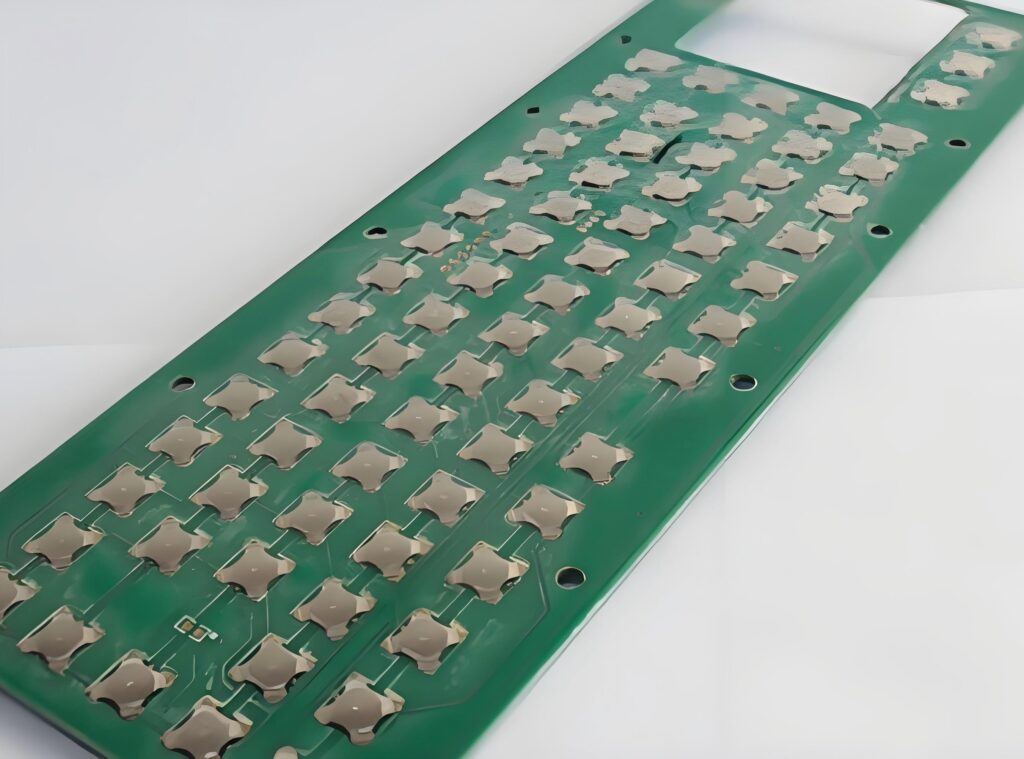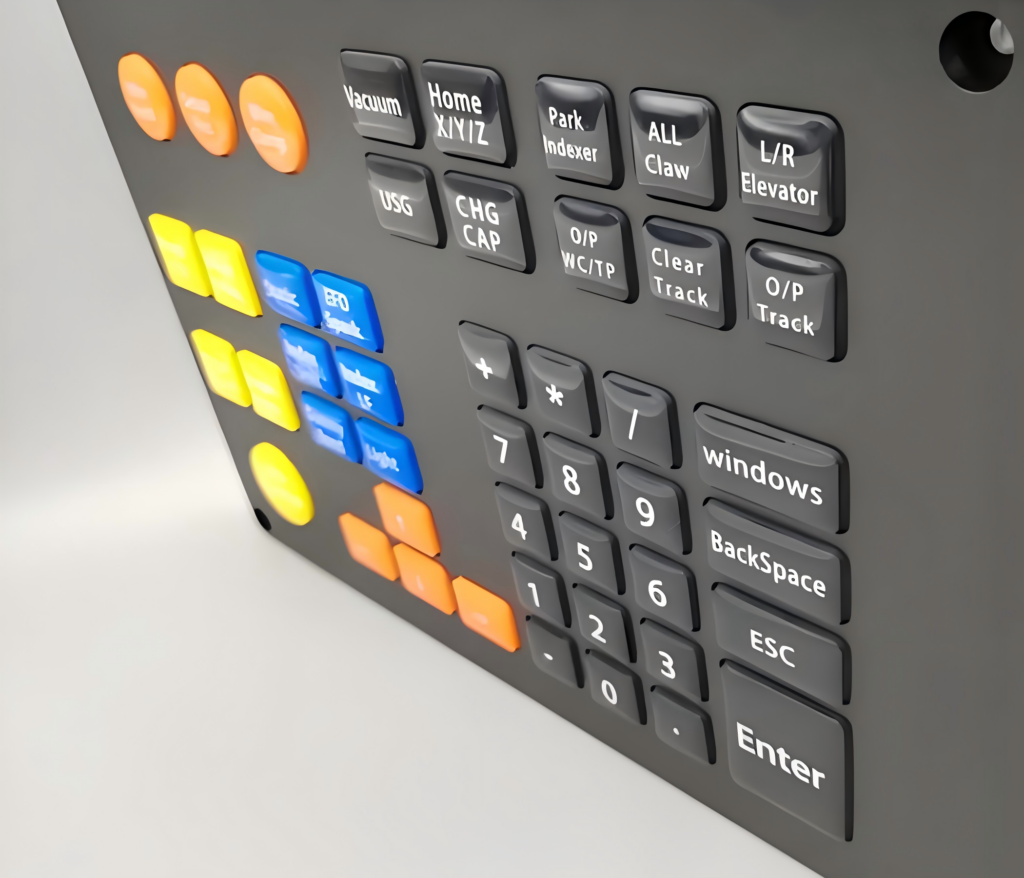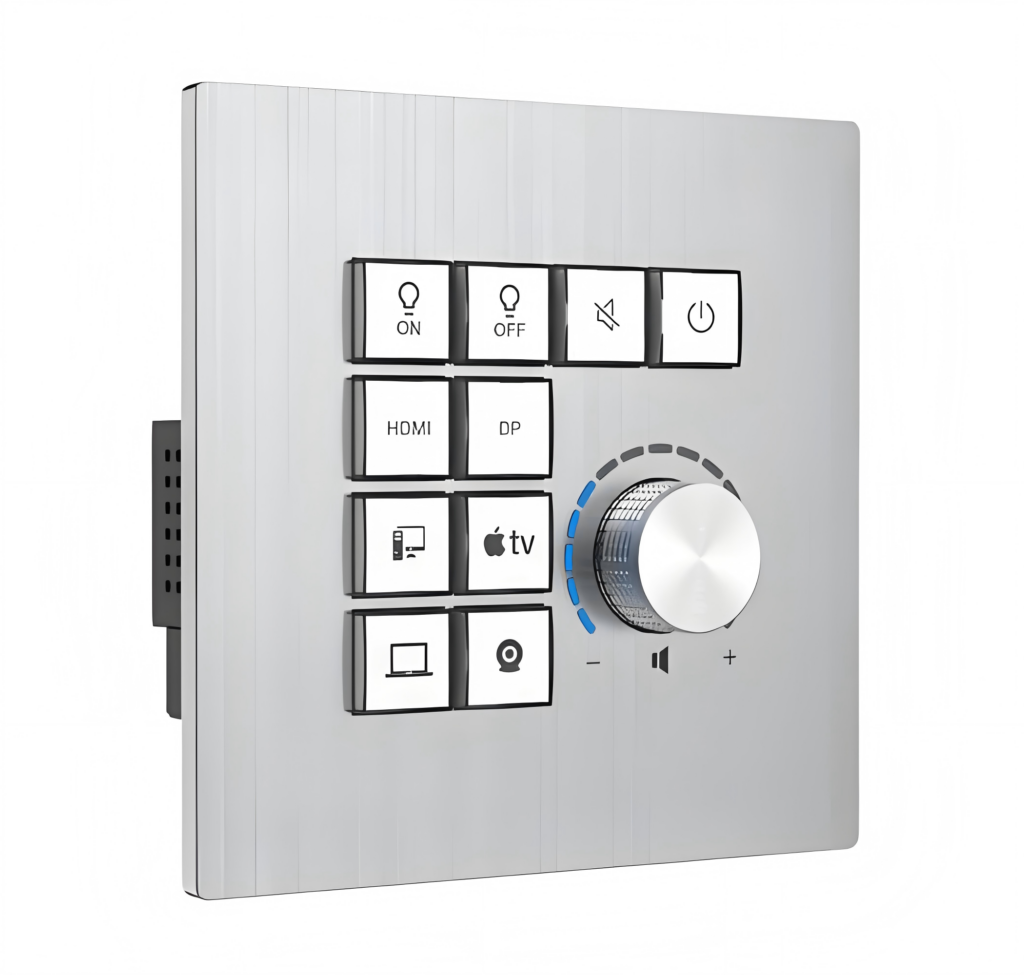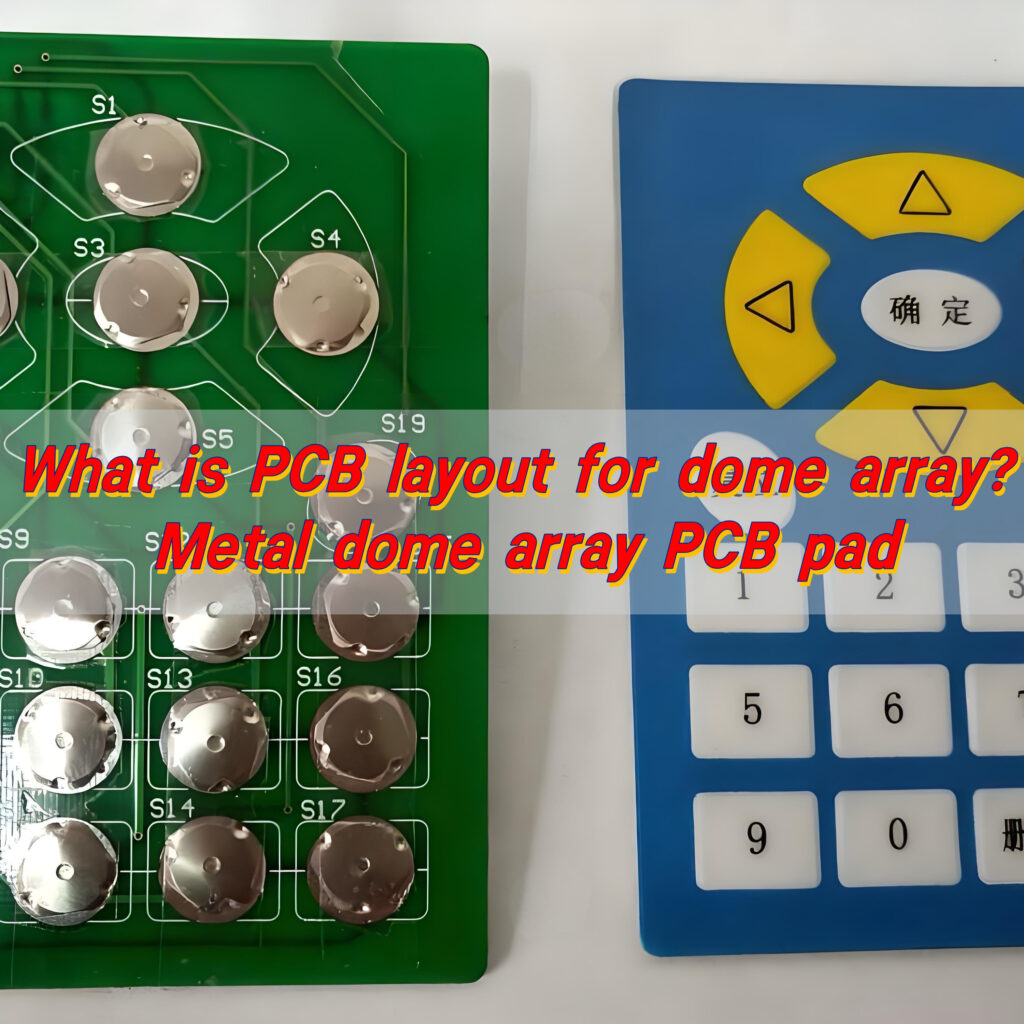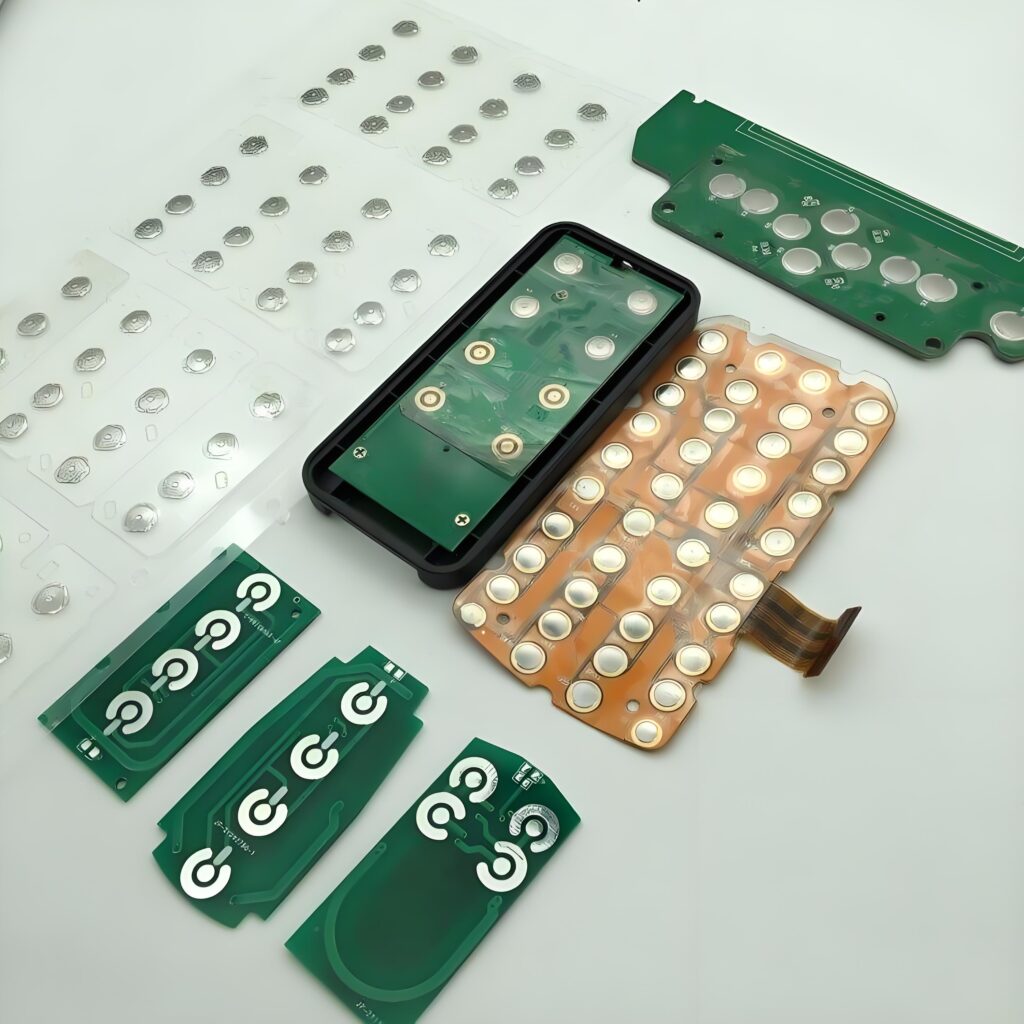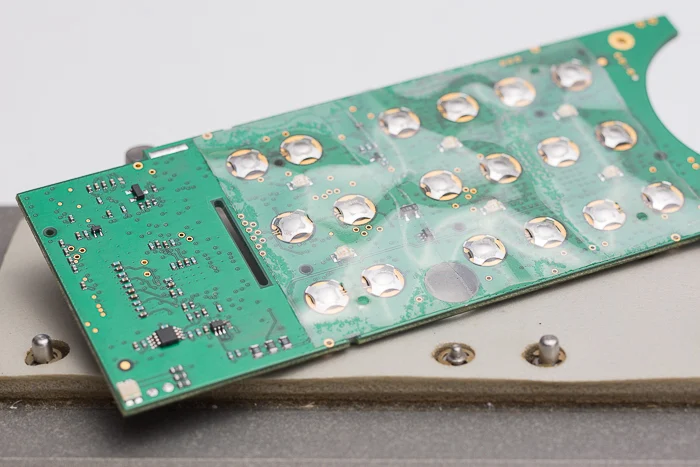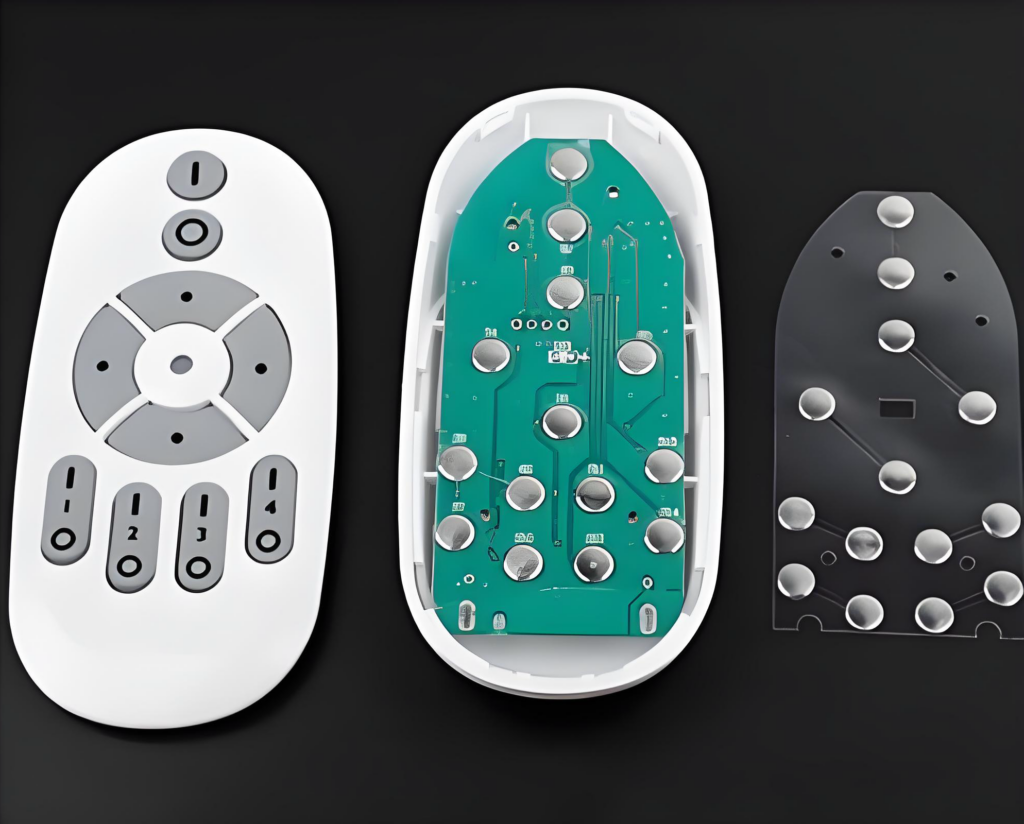What benefits does a metal dome bring to USB headset controllers for PC?
Metal dome adds more than a simple “click.” It shapes how the user interacts with the product. When integrated into USB headset controllers for PC, it brings several clear benefits.
First, a metal dome creates a sharp tactile feedback. Users feel each press instantly. This helps them hit the right button without looking at it. That is important when gaming, working in a call center, or joining online meetings.
Next, a metal dome improves input reliability. The dome reacts quickly and returns to its original position after every press. This makes each action accurate and reduces the risk of mis-clicks. It also maintains stable performance even after thousands or millions of cycles.
Additionally, a metal dome enhances the overall experience of the controller. It makes the buttons feel tight and polished.
And finally, metal domes make it easier to design compact controllers. They are small, thin, and lightweight.
Why use a metal dome in USB headset controllers?
There are many input solutions available, but a metal dome stands out for several reasons.
To begin with, a metal dome gives designers full control over the “feel” of the button. They can select force, stroke, sound level, and tactile strength. This control allows them to craft a signature button feel that matches their brand style. Some brands want soft and smooth feedback. Others want strong, loud, and confident clicks. Metal domes allow both.
Also, metal domes have impressive durability. They hold up under millions of presses. Users can adjust call volume or mute their microphone endlessly without wearing out the dome.
Furthermore, a metal dome maintains stable performance in various conditions. Even with temperature changes, humidity, or long-term use, the dome keeps its shape and response. That makes it ideal for gaming headsets, office headsets, remote-work setups, and high-duty devices used around the clock.
More importantly, the metal dome gives engineers consistent actuation across every button. Each press feels the same.
How does a metal dome improve USB headset controllers?
Metal dome improves a USB headset controller in several technical and emotional ways.
For one, the dome creates a clear tactile moment when actuated. Users get instant feedback. The sensation is satisfying and builds confidence. The controller feels responsive and alive.
Another improvement comes from the dome’s fast rebound. It springs back at once. That means buttons can be pressed quickly without lag. Gamers, live streamers, and busy professionals benefit from this.
In addition, a metal dome ensures uniform actuation force. Regardless of which button is pressed, each one feels balanced. This makes the controller easier to use and more memorable.
Metal dome also contributes to product quality through stable electrical performance. Each dome closes the circuit predictably. This accuracy supports stable communication signals.
Finally, metal domes help brands reduce long-term maintenance. Their durability results in fewer quality issues. This improves brand reputation and user loyalty.
So the improvement is both functional and experiential. The headset becomes more enjoyable, more reliable, and more trustworthy.
How to select metal domes for USB headset controllers?
Choosing the right metal dome is a crucial step. The selection process influences how the buttons feel, how long they last, and how well the product performs.
The first thing to evaluate is the required actuation force. This determines how much pressure users need to press a button. Higher force creates a firm click. Lower force creates gentle feedback.
Next, consider the size of the dome. Smaller domes are compact and fit slim designs. Larger domes deliver stronger tactile feel and better stability. Each size changes the personality of the controller.
Then look at the tactile ratio. This shows how sharp or soft the click will be. A higher tactile ratio means a more dramatic drop and a more powerful click sensation.
Materials and plating also matter. Stainless steel domes resist corrosion, humidity, and pressure changes. Quality plating ensures reliable contact. This improves electrical stability and extends life span.
Another factor is dome shape. Round, triangle, and four-leg domes behave differently. The shape affects feedback, force distribution, and sound.
Finally, teams should work with a trusted metal dome supplier. A good supplier provides samples, accurate specifications, and support during design. BEST Technology specializes in manufacturing various types of metal domes and has many years of experience.
What types of metal domes fit USB audio control buttons?
USB headset controllers often require compact and responsive domes. Several types work well, depending on the design goals.
Round metal domes are among the most common. They deliver strong tactile response and stable actuation. Their shape distributes force evenly, making them ideal for frequently used buttons like volume up, volume down, and mute.
Four-leg domes are also popular. They offer exceptional stability. They keep the center position well even under long use. This makes them a great choice for buttons that must remain accurate.
Triangle domes provide a fast and crisp click. Their structure creates quick actuation. This type works well in slim controllers that rely on minimal travel.
Custom-shaped domes are sometimes used for brand-specific designs. If the controller has unique button spacing or special requirements, custom domes help achieve a tailored solution.
These dome types work across platforms. They fit metal dome USB headset controllers for PC, wireless versions, and USB headset controllers for laptop designs. They adapt well to different button layouts and branding goals.
How does metal dome size affect controller performance?
Size plays a huge role in dome behavior. It affects feedback strength, travel distance, sound level, and user perception.
Larger dome usually generates a stronger and clearer click. It also creates wider force distribution, making the press more comfortable. Larger domes often feel more stable. They provide a more defined tactile point.
Smaller domes, however, are ideal for compact designs. They enable the construction of thin and light controllers. The feedback is sharper but with shorter travel. Medium sizes strike a balance. They provide noticeable tactile response without requiring much space.
Size also affects the sound of the click. Bigger domes make a louder snap. Smaller ones create a softer sound.
What impacts the tactile feel of a metal dome?
Several elements influence how a metal dome feels when pressed.
- First is the actuation force. Higher force gives a strong, bold click. Lower force creates a gentle touch.
- Next is the tactile ratio. This ratio describes how much force drops after the click point. A high ratio creates a more dramatic sensation. Users feel a satisfying pop.
- The shape also influences the feel. Round domes often feel balanced. Triangle domes feel sharp. Four-leg domes provide steady and centered feedback.
- The surface finish matters too. A cleaner surface provides better electrical contact. It also maintains the mechanical structure over time.
- Additionally, the assembly method affects feel. When domes are placed accurately, the feedback stays aligned with the button center. Misalignment can reduce the quality of the click. This is why controlled packages like Tape & Reel help keep feedback sharp and accurate.
- Finally, the overlay material on top of the dome influences sensation. A thicker overlay softens the click. A thinner one keeps the feedback stronger.
Why choose metal dome reel packaging for headset buttons?
Metal dome reel packaging has become a preferred choice for many headset manufacturers. It offers clear advantages during assembly and production.
To start, reel packaging supports fast and accurate placement. SMT pick-and-place machines can position domes quickly. This improves production efficiency and lowers labor costs.
Next, reel packaging protects each dome. The dome sits in a pocket that prevents scratches or bending. This preserves its tactile performance until it reaches the final product.
Additionally, reel packaging ensures consistent orientation. Each dome faces the same direction. This reduces alignment errors during assembly.
Reel packaging also speeds up prototyping. Engineers can test multiple designs quickly. They can swap force levels, shapes, or sizes with ease. This helps refine the final feel of the headset controller.
Moreover, reel packaging works well for metal dome USB headset controllers on PC, wireless designs, and laptop models. It supports different button layouts and production speeds.
In short, reel packaging boosts efficiency, protects quality, and helps brands deliver smoother feedback.
Conclusion:
Metal domes play a crucial role in shaping the performance and experience of USB headset controllers. They deliver clear tactile feedback, reliable actuation, and long-term stability.
Dome size, shape, force, tactile ratio, and packaging all influence performance. Selecting a high-quality dome from a trusted supplier helps ensure your final product feels premium, responsive, and durable.
If you need guidance, samples, or technical support, feel free to reach out. Contact: sales@metal-domes.com


